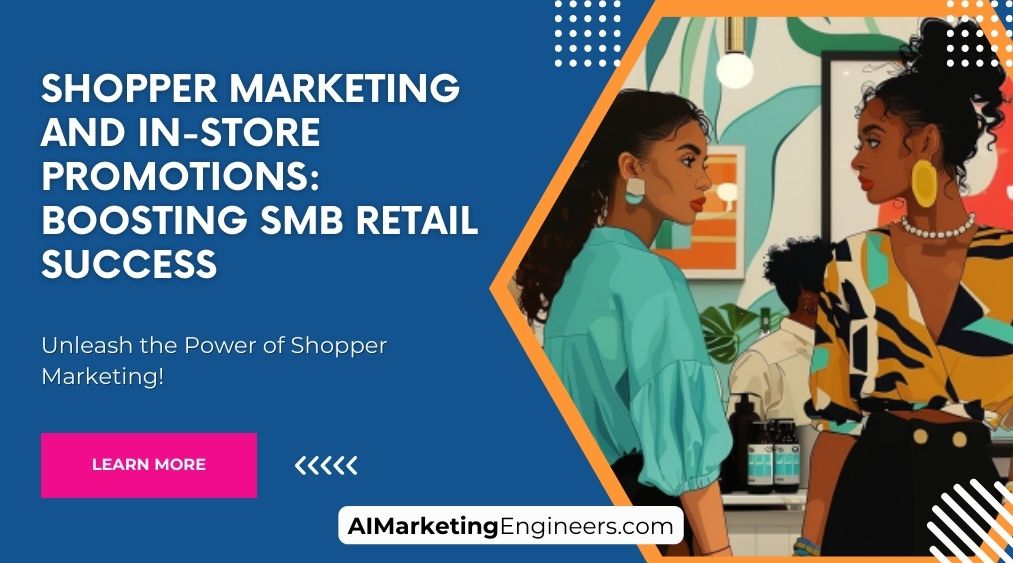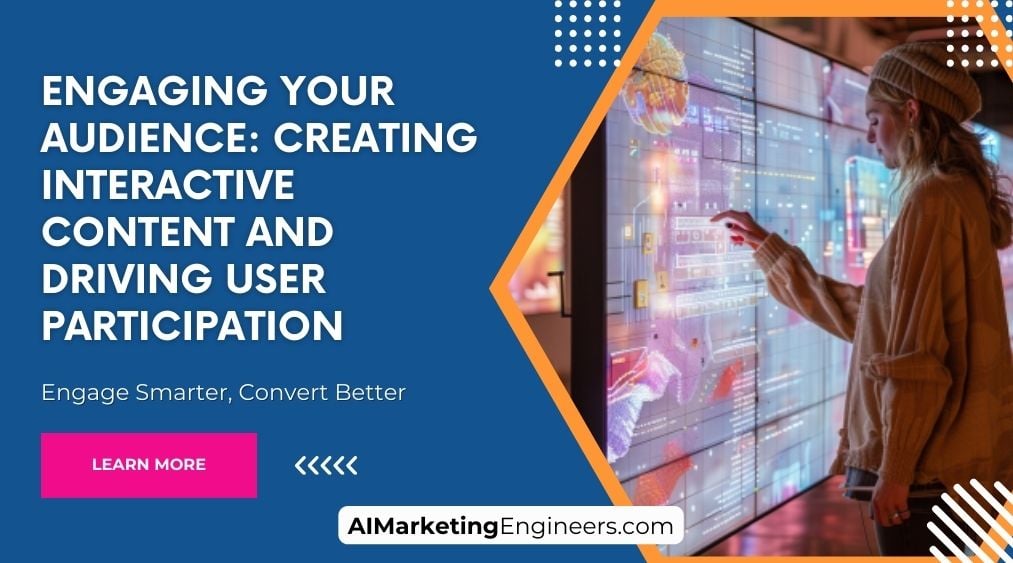Key Takeaways
✅ Enhanced Customer Engagement and Loyalty: Personalization at scale has the power to create a deeper connection with customers, which leads to increased engagement and loyalty. Businesses that offer tailored interactions and content not only make customers feel valued but also see a significant boost in customer retention and growth. Embracing personalization means customers are more likely to stick around and continue purchasing from you.
✅ Improved Conversion Rates and ROI: It's a game-changer for business growth. Companies utilizing personalized marketing techniques witness dramatic improvements in conversion rates and return on investment. A standout statistic reveals that personalized email marketing campaigns can spike revenue by an impressive 760%. This showcases the direct impact personalization can have on your bottom line.
✅ Challenges and Strategies for Implementation: Though the benefits are clear, the road to scaling personalization is paved with challenges, including the management of data privacy, the resources needed, and the complexity of bringing such a strategy to life. Yet, by leveraging AI and machine learning, focusing on customer segmentation, and committing to ongoing testing and refinement, businesses can navigate these hurdles successfully. These strategies are not just solutions but necessary steps for businesses wishing to personalize at scale effectively.
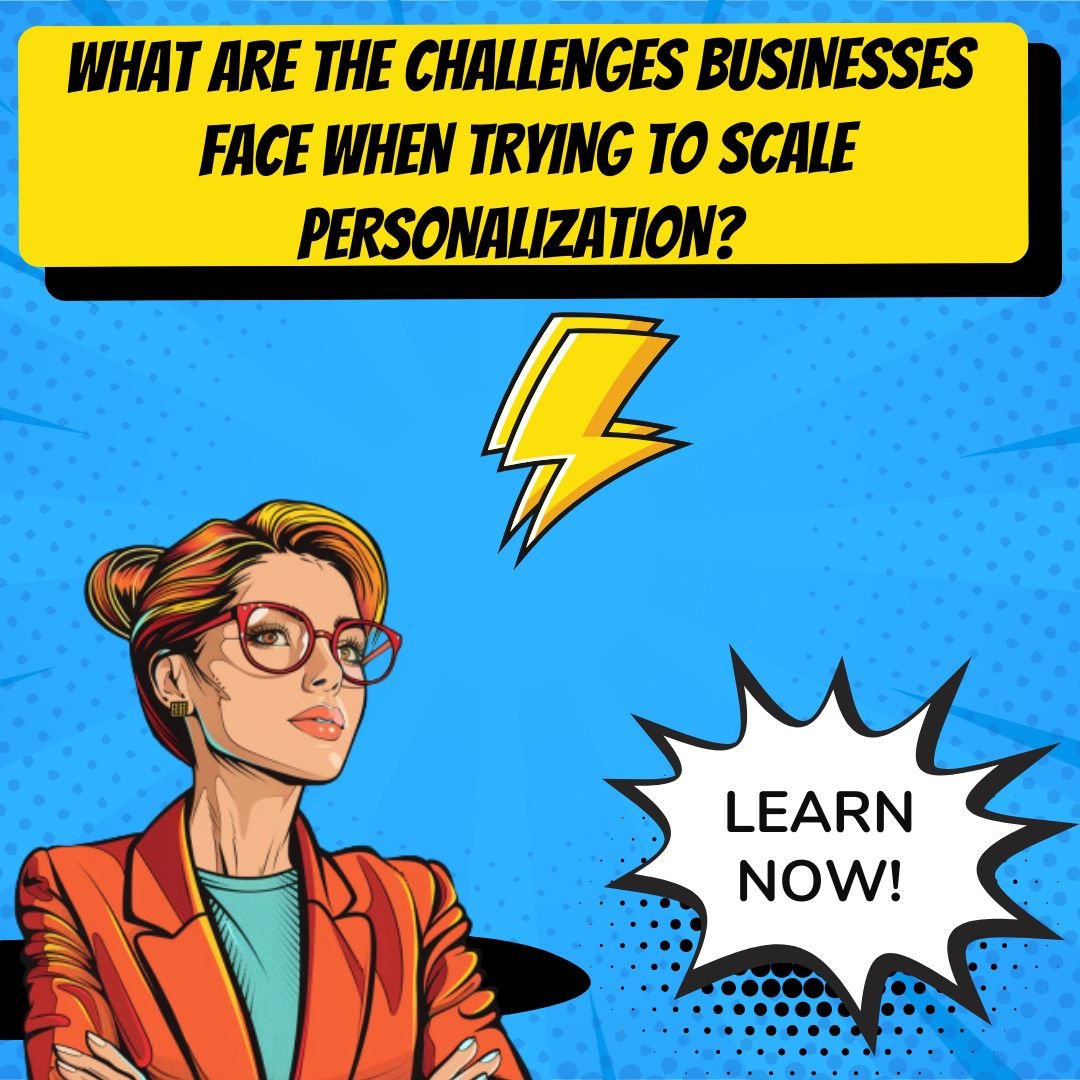
Introduction
Have you ever wondered why some brands seem to speak directly to you, offering just what you need, right when you need it? This isn't coincidental—it's the result of Scaling Personalization: Delivering Tailored Experiences at Scale. In a world cluttered with generic advertising and one-size-fits-all shopping experiences, personalization at scale stands out as a beacon of innovation, transforming how businesses interact with their customers.
At its core, personalization at scale involves using data and insights to craft highly individualized customer experiences, from the products and offers they see to the messages they receive. The benefits are substantial; imagine elevating your conversion rates and enhancing customer loyalty by delivering experiences uniquely crafted for each individual. With 76% of consumers expressing frustration when their shopping experience isn't personalized, it's clear that generic isn't going to cut it anymore.
This article is your guide to unlocking the power of personalization. From exploring what personalization at scale truly means to dissecting the benefits and challenges it brings, we're diving deep into the elements that make it tick. Expect to uncover innovative strategies, cutting-edge tools, and actionable insights designed to not only enlighten but equip you with the knowledge to drive your business forward, ensuring a future where every interaction counts. So, let's embark on this journey to demystify personalization at scale, and reveal how it can revolutionize your business in ways you never imagined possible.

Top Statistics
| Statistic | Insight |
|---|---|
| 89% of businesses are investing in personalization this year. | This statistic illustrates a massive shift towards creating more tailored user experiences, as businesses realize the vital role personalization plays in staying competitive. |
| 76% of consumers get frustrated when they don’t receive personalized interactions. | Highlighting the critical importance of understanding customer needs and the potential negative impact on business when failing to meet these expectations. |
| Marketers see a 760% increase in email revenue from personalized email marketing campaigns compared to generalized campaigns. | A clear indicator of the dramatic improvement in performance that can be achieved through personalization, showcasing the potential for significant revenue growth. |
| 87% of consumers feel more positively toward brands that send personally relevant content. | This percentage is a powerful testament to the effectiveness of personalization in building positive brand relationships and loyalty. |
What Does Personalization at Scale Actually Mean?
Imagine you walk into your favorite coffee shop, and the barista knows your order by heart - that’s personalization. Now, imagine that level of attention and care but on a digital scale, reaching thousands or even millions of customers. That’s personalization at scale. Companies are now leveraging technology to customize every aspect of your experience based on what they know about you. From what you watched last night on Netflix to your recent health kicks tracked by your smartwatch, businesses are using this data to suggest your next favorite movie or a personalized workout plan.
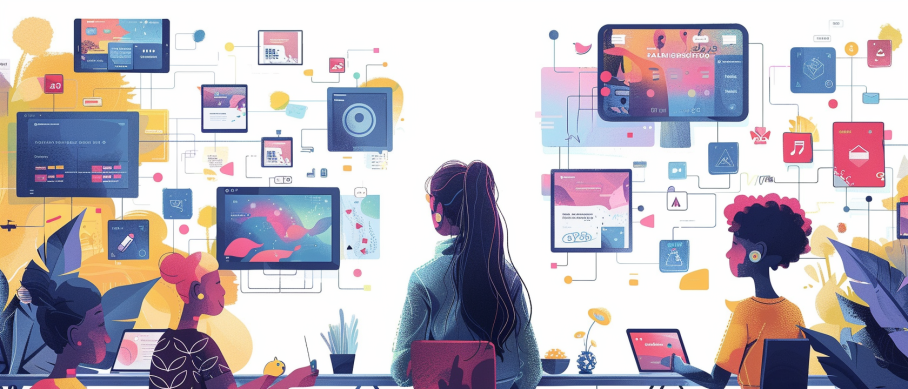
Why is Everybody Talking About Personalizing Experiences?
Here’s a number that might surprise you: 76% of people get frustrated when they don’t find what they’re looking for immediately. In the age of Amazon and Netflix, we all expect recommendations and services tailored just for us. And when businesses get it right, the payoff is huge. Personalization can lead to customers sticking around longer, buying more, and even promoting the brand to friends and family. Essentially, getting personalization right could mean the difference between a business that’s booming and one that’s just surviving.
The Backbone of Personalization at Scale
So, how do companies manage to personalize at such a vast scale? Three main ingredients: customer data analysis, personalization software, and content creation. By combining insights from various customer data points, advanced software helps businesses predict your next move or preference. This capability allows them to tailor their messaging and offers just for you. The challenge, and the art, lies in creating content that doesn't just feel personal but is varied and rich enough to cater to the unique tastes of millions of customers.
Making Personalized Experiences a Reality
The path to personalization at a large scale involves more than just buying the right tech. It requires a thought-out strategy that aligns with the business's overall goals, choosing the right tools, and then, perhaps most importantly, rolling up the sleeves to continuously test and refine these personalized experiences. Yes, the technology does a lot of the heavy lifting, but human insight is crucial in making sure the personalization feels "just right."
The Road Ahead: Exciting and Daunting
With all the buzz around personalization, it’s easy to forget that there are significant hurdles to overcome. Keeping up with ever-changing consumer expectations, ensuring the quality of data and analytics, and building the necessary operational capabilities are just a few of the challenges businesses face. Yet, the opportunities outweigh the challenges. In a digital landscape where consumers’ attention is the top currency, personalization at scale isn’t just a nice-to-have; it’s a must-have strategy for growth, satisfaction, and loyalty.
Personalization at scale is shaping the future of customer experience. As businesses continue to invest in and refine this approach, the line between digital and personal will blur, making our interactions with brands more meaningful than ever.

AI Marketing Engineers Recommendation
Recommendation 1: Leverage AI and Machine Learning for Real-Time Personalization: Embrace technology that analyzes customer data in real time to deliver personalized content, offers, and product recommendations. Research shows that 80% of consumers are more likely to make a purchase when brands offer personalized experiences. AI and Machine Learning tools can automate these insights, allowing you to scale personalization efficiently. By integrating AI into your marketing strategy, you can ensure that every customer interaction is tailored, building stronger connections and boosting conversion rates.
Recommendation 2: Implement Segment-Specific Marketing Campaigns Based on Big Data Analysis: Dive into big data to understand your audience segments better. Today, businesses have access to vast amounts of data, which if analyzed correctly, can reveal deep insights into customer preferences and behaviors. Utilize this data to craft marketing campaigns that speak directly to different audience segments. Statistics indicate that personalized emails deliver six times higher transaction rates. However, personalization goes beyond just addressing someone by their first name. It's about relevant offers, content, and timing that resonate with the particular needs of each segment.
Recommendation 3: Use Personalized Video Content to Enhance Customer Engagement: Video content is king in today's digital marketing landscape, with consumers 10 times more likely to engage with video than with text-only services. Tailoring video content to individual preferences or behaviors can significantly amplify your engagement rates. Platforms like Vimeo and WistNew offer tools that allow for the creation of personalized videos at scale. Personalized video campaigns have been shown to improve click-through rates by up to 985%. This approach can make your brand stand out, providing a memorable experience that encourages loyalty and repeat business.

Conclusion
In a world where 76% of consumers express frustration at not finding what they're looking for, personalization at scale emerges not just as a strategy, but as a necessity for businesses aiming to thrive. It's clear from our exploration that delivering tailored experiences can significantly impact a company's bottom line, fostering higher conversion rates, increased engagement, and superior customer retention. These are not just abstract benefits; they represent real, quantifiable outcomes that can drive double-digit revenue growth and cement long-term relationships with customers.
Scaling personalization is about intelligently harnessing and analyzing vast datasets, choosing the right technology, and creating content that resonates on a personal level with consumers across various touchpoints. The examples of streaming services and healthcare sectors underscore the versatile applicability and profound impact of personalization across industries. However, this journey is not without its hurdles. Meeting demanding consumer expectations, ensuring the quality and effectiveness of data, and building robust operational capabilities are significant challenges that businesses must navigate.
As we look to the future, the importance of personalization at scale in crafting meaningful customer experiences cannot be overstated. It represents a powerful lever for growth, satisfaction, and loyalty in an increasingly digital landscape. Businesses that embrace the complexity and continuously refine their approach to personalization will be well-positioned to lead their markets. Therefore, the call to action is clear: invest in the strategies, technologies, and operational foundations necessary to bring personalization at scale from concept to reality. Doing so is not just about staying competitive; it's about redefining how value is delivered in a digital-first world.
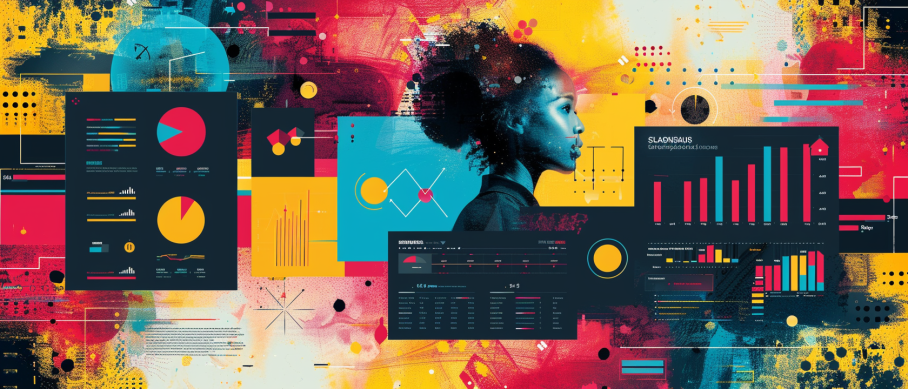
FAQs
Question 1: What is personalization?
Answer: Essentially, it's about making customers feel like the service or product speaks directly to them. It's using technology and insights to tailor customer experiences to match their tastes and needs.
Question 2: Why is personalization important?
Answer: It's a game-changer for businesses. By making your customers feel unique and valued, you're more likely to keep them coming back, thereby boosting your revenue and standing out in the marketplace.
Question 3: What are the key elements of a personalization strategy?
Answer: To get personalization right, you need to gather data, understand your audience in segments, create tailored content, know where to share that content, and always keep testing to see what's working.
Question 4: What are the common challenges in scaling personalization?
Answer: The roadblocks often include handling the enormous amount of data, filling expertise gaps, integrating tech seamlessly, figuring out how to measure success, and of course, scaling it all up without losing the personal touch.
Question 5: How can AI help in scaling personalization?
Answer: AI is like having a super-smart helper that can analyze data, generate content, and fine-tune where and how you communicate with your audience, all on a large scale.
Question 6: What are the different types of data used in personalization?
Answer: You've got first-party data that customers give you, second-party data from your partners, third-party data you can buy, and zero-party data which customers happily share to enhance their personal experience.
Question 7: How do I choose the right personalization tool?
Answer: Look for tools that match what you need, can handle communication across various platforms, analyze your audience in detail, optimize in real-time, and predict future trends.
Question 8: What metrics should I use to measure personalization success?
Answer: Focus on customer engagement, conversion rates, and how much your revenue grows to understand the impact of your personalization efforts.
Question 9: How can I ensure seamless integration of personalization across channels?
Answer: Having a central system for your data, using APIs for smooth connections between platforms, and consistently presenting your brand will make personalization feel natural across all touchpoints.
Question 10: What is the role of experimentation in personalization?
Answer: It’s about constantly testing to see what resonates best with your audience. This means you’re always learning and improving based on real data.
Question 11: How can I balance personalization with customer privacy?
Answer: Be clear about how you’re using data, give customers control over their information, and stick to the rules to keep the trust you’ve built with your audience.
Question 12: What are some best practices for creating personalized content?
Answer: Your content should hit the sweet spot of being relevant and valuable without feeling intrusive. Using insights from customer data to guide your content creation is key.
Question 13: How can I scale personalization without overwhelming my team?
Answer: Focus on what’s most important, use automation for the repeatable tasks, and leverage technology to handle the complexity efficiently.
Question 14: What are some common personalization mistakes to avoid?
Answer: Steer clear of one-size-fits-all messages, inaccurate data use, and crossing the line into creepiness with over-personalization.
Question 15: How can I measure the ROI of personalization efforts?
Answer: Track how your personalization strategies affect sales, customer loyalty, and other important metrics to see if your investment is paying off.
Question 16: What are some examples of successful personalization strategies?
Answer: Think of Netflix with its spot-on show recommendations, Amazon's uncanny ability to suggest just what you need, and marketing campaigns that use customer insights to deliver personalized experiences.

Academic References
- McKinsey & Company. (2021). The value of getting personalization right—or wrong—is multiplying. McKinsey & Company. This comprehensive study sheds light on how personalization can significantly impact revenue, demonstrating a lift of 10 to 15 percent on average, with potential variations between 5 to 25 percent depending on the industry and implementation efficacy.
- Deloitte Digital. (2022). Embrace meaningful personalization to maximize growth. Deloitte Digital. Research from Deloitte Digital reveals that companies leading in personalization strategies are almost two times as likely to surpass their revenue goals compared to those lagging in personalized customer experiences.
- Bloomreach. (2023). A Marketer’s Guide to Personalization at Scale. Bloomreach. This guide anticipates the global revenue from customer experience personalization and optimization software to exceed 9 billion USD by 2023, highlighting the growing significance of personalization technologies in the marketing industry.
- McKinsey & Company. (2018). Personalization at scale: First steps in a profitable journey to growth. McKinsey & Company. This earlier study by McKinsey emphasizes the potential for businesses to achieve a 10 to 30 percent increase in revenue and retention, alongside 10 to 20 percent more effective marketing and notable cost savings, through scaled personalization efforts.

